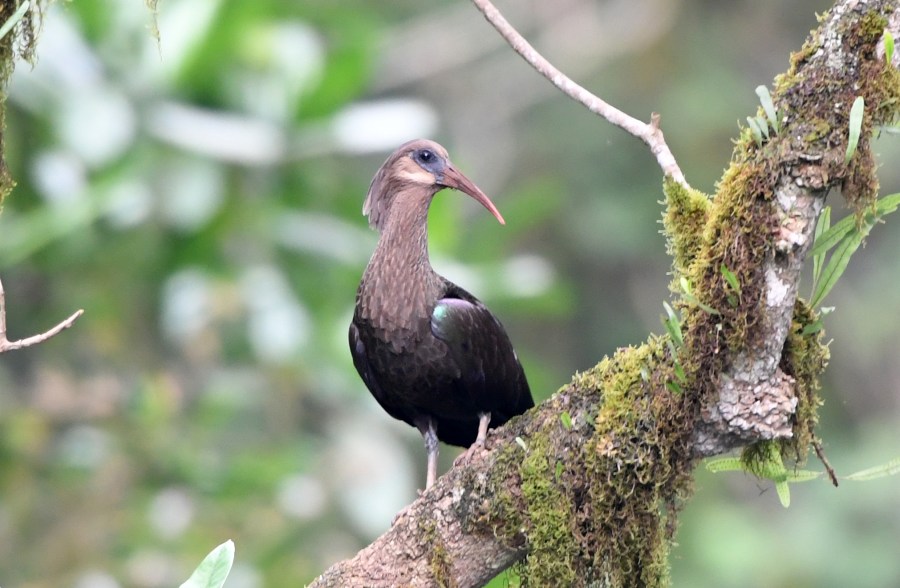
Over the Weekend we went birding to the western side of Tsavo West national park. it is an huge national park covering over 9000 sq.km. The park was made famous by mane less man-eaters Lions of the Tsavo and the lions there as documented in history books had develop a test for human flesh. This is not the case anymore, so during our entire birding game drives inside the park, we had nothing to worry about at all, other than the worry of missing on our target species.
From the sight of fifty million gallons of crystal clear water gushing out of from the under parched lava rock that is the Mzima Springs to the Shetani lava flows, Tsavo West is a beautiful, rugged wilderness.
The savannah ecosystem comprises of open grasslands, scrublands, and Acacia woodlands, belts of riverine vegetation and rocky ridges including the Poacher’s Lookout where visitors can see the teeming herds in the plains below.
Tsavo West offers some of the most magnificent game viewing in the world and attractions include elephant, rhino, Hippos, lions, cheetah, leopards, Buffalos, diverse plant and bird species including the threatened corncrake and near threatened Basra Reed Warbler.
Our specific target species were Taveta Golden Weaver, which we easily picked from the swamp in front of our lodge, Ziwani Voyage Camp and Quail Plover which we missed despite the huge effort that we put in searching for this species.
The Taveta Golden Weaver, or Taveta Weaver, is found in Kenya and Tanzania. The sexes are dimorphic . The male is a mostly a bright golden yellow, the head has a reddish ring of various width around it, the bill is black and the feet and legs are pinkish. Females are more of an olive color with pale streaks.
Taveta Golden Weavers live in large colonies and the male builds an oval nest over water. The nests are woven from stems of reeds and grasses. Their diet includes seeds, some corn and grasses.
The male Taveta Golden Weaver uses his beak to weave intricate ovoid nests, usually over water. Females pick a mate based on the male’s skill at weaving. Have fun and keep birding!!



